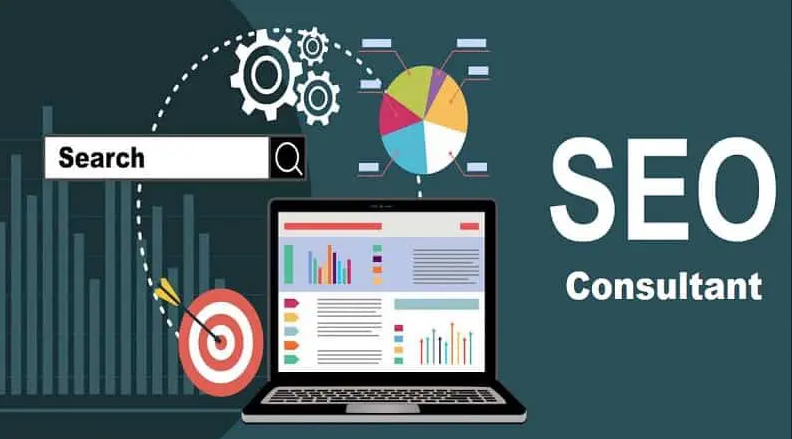How Long Does It Take To Implement Aviation ERP Software?

Introduction
When it comes to the aviation industry, efficiency, accuracy, and data management are of utmost importance. To streamline operations and optimize resource allocation, aviation enterprises often turn to ERP (Enterprise Resource Planning) software solutions. These systems can centralize data, integrate various processes, and enable better decision-making.
However, the implementation of aviation ERP software is a crucial undertaking that requires careful planning and execution. In this article, we delve into the factors influencing the timeline of ERP software implementation, the typical steps involved, and real-world experiences from industry experts.
Table of Contents
- Introduction
- Understanding the Aviation ERP Software Implementation Timeline
- Scope and Scale of the Aviation ERP Project
- Customization Requirements
- Data Migration and Integration
- Training and User Adoption
- Testing and Quality Assurance
- Vendor Support and Collaboration
- Project Management and Team Efficiency
- Regulatory Compliance and Security Measures
- System Complexity and Integration Challenges
- Budget and Resource Allocation
- Steps for Implementing Aviation ERP Software
- Step 1: Requirements Gathering and Analysis
- Step 2: Software Selection
- Step 3: Planning and Resource Allocation
- Step 4: Data Migration and Integration
- Step 5: Customization and Configuration
- Step 6: Training and User Adoption
- Step 7: Testing and Quality Assurance
- Step 8: Go-Live and Post-Implementation Support
- Real-World Experiences: Implementing Aviation ERP Software
- Conclusion
- FAQs
- Can the ERP implementation be expedited by skipping certain steps?
- What is the average cost of aviation ERP software implementation?
- Is cloud-based ERP faster to implement than on-premise solutions?
- How do I choose the right ERP vendor for my aviation company?
- Can ERP software handle aviation-specific compliance requirements?
- What are the common challenges faced during ERP implementation in the aviation industry?
Understanding the Aviation ERP Software Implementation Timeline
The timeline for implementing aviation ERP software can vary based on several factors. Below are some key considerations that can influence the overall duration of the implementation process:
Scope and Scale of the Aviation ERP Project
The scope of the ERP project, along with its scale, plays a vital role in determining the time required. Implementing ERP for a small aviation company with limited operations will naturally be faster than deploying it across a large, multinational aviation conglomerate.
Customization Requirements
While many ERP solutions offer standard features, aviation companies often require specific customization to align the software with their unique processes. The extent of customization needed can impact the implementation timeline.
Data Migration and Integration
Aviation enterprises accumulate vast amounts of data over the years. Migrating and integrating this data into the new ERP system while ensuring its accuracy and consistency is a complex task that can affect the overall timeline.
Training and User Adoption
To leverage the full potential of the ERP software, employees need proper training and time to adapt to the new system. Adequate training sessions and smooth user adoption are critical for successful implementation.
Testing and Quality Assurance
Thorough testing and quality assurance processes are necessary to identify and rectify any issues before the ERP system goes live. This phase can take a considerable amount of time but ensures a smoother implementation.
Vendor Support and Collaboration
The collaboration between the aviation company and the ERP vendor is essential for a successful implementation. Prompt vendor support and clear communication can expedite the process.
Project Management and Team Efficiency
Effective project management and a highly efficient team can significantly impact the implementation timeline. A well-coordinated effort can streamline processes and reduce unnecessary delays.
Regulatory Compliance and Security Measures
In the aviation industry, complying with various regulations and ensuring data security are paramount. These factors might extend the implementation timeline as additional measures need to be incorporated.
System Complexity and Integration Challenges
The complexity of the aviation ERP software and the challenges faced during integration with existing systems can influence the overall timeline.
Budget and Resource Allocation
A well-defined budget and proper allocation of resources can help keep the implementation on track. Delays may occur if there are budgetary constraints or inadequate resources.
Steps for Implementing Aviation ERP Software

The implementation of aviation ERP software follows a structured approach to ensure a seamless transition. The following steps provide an overview of the process:
Step 1: Requirements Gathering and Analysis
The initial phase involves understanding the aviation company’s needs, challenges, and goals. A thorough analysis helps in selecting the right ERP solution and identifying customization requirements.
Step 2: Software Selection
Based on the requirements analysis, the aviation company can shortlist ERP software that aligns with its specific needs. Careful evaluation and comparison lead to the final selection.
Step 3: Planning and Resource Allocation
A detailed implementation plan is created, outlining the timeline, resource allocation, roles, and responsibilities. Key stakeholders are identified to ensure smooth execution.
Step 4: Data Migration and Integration
Existing data is migrated to the new ERP system, and integration with other applications is established. Data integrity and accuracy are verified during this phase.
Step 5: Customization and Configuration
ERP software is customized to cater to the aviation company’s unique processes and workflows. Configuration settings are adjusted to optimize performance.
Step 6: Training and User Adoption
Employees undergo comprehensive training on using the new ERP system effectively. User feedback is collected and incorporated, fostering user adoption.
Step 7: Testing and Quality Assurance
Thorough testing is conducted to identify and rectify any issues or discrepancies. Quality assurance ensures that the ERP system meets the aviation company’s requirements.
Step 8: Go-Live and Post-Implementation Support
The ERP system is deployed for live operations, and the aviation company transitions to using it daily. Post-implementation support and monitoring ensure a successful launch.
Real-World Experiences: Implementing Aviation ERP Software
To provide more context and insights, let’s explore the experiences of aviation companies that have successfully implemented ERP software:
- Skylink Aviation: Skylink, a leading aviation service provider, embarked on an ERP implementation journey to streamline its fleet management and maintenance processes. The project involved extensive data migration, integration with existing systems, and customization to meet aviation regulations. The entire process took approximately 18 months, and the successful implementation resulted in improved operational efficiency and reduced maintenance costs.
- AirTech Solutions: AirTech Solutions, a mid-sized aviation company, opted for an ERP solution to enhance its supply chain management and financial reporting. The company chose an off-the-shelf ERP system with minimal customization requirements. The implementation process spanned around 8 months, and the software’s seamless integration allowed for real-time tracking of inventory and better financial insights.
Conclusion
While the timeline for aviation ERP software implementation can be influenced by various factors, a well-executed and thoroughly planned approach can lead to long-term benefits for your aviation enterprise. Embrace the transformative power of ERP software and take your aviation business to new heights of efficiency and profitability.
FAQs
Can the ERP implementation be expedited by skipping certain steps?
While it may be tempting to rush through some stages, skipping critical steps can lead to long-term issues and inefficiencies. Each phase plays a crucial role in ensuring a successful implementation.
What is the average cost of aviation ERP software implementation?
The cost varies based on the ERP vendor, the scope of customization, and the aviation company’s size. On average, implementation costs can range from tens of thousands to millions of dollars.
Is cloud-based ERP faster to implement than on-premise solutions?
Cloud-based ERP solutions often have faster deployment timelines due to pre-configured setups. On-premise solutions require more extensive hardware and software setup, leading to longer implementation times.
How do I choose the right ERP vendor for my aviation company?
To select the right vendor, consider factors like industry experience, customer reviews, scalability, post-implementation support, and alignment with your specific needs.
Can ERP software handle aviation-specific compliance requirements?
Yes, reputable ERP vendors offer industry-specific solutions that cater to aviation regulations and compliance needs.
What are the common challenges faced during ERP implementation in the aviation industry?
Common challenges include data migration complexities, resistance to change, insufficient training, and integration issues with existing legacy systems.






